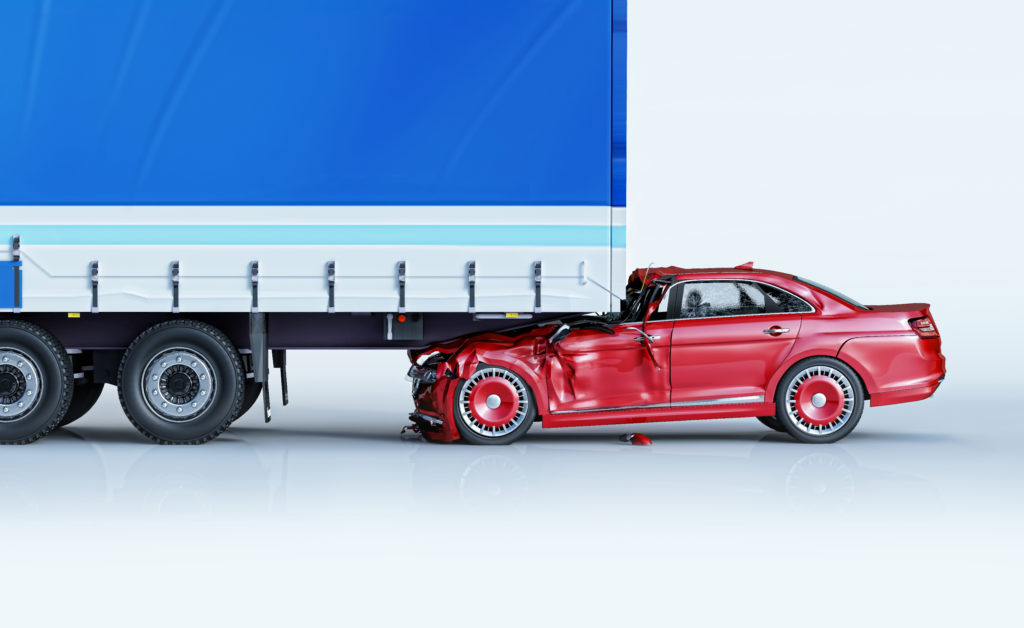
With 2019 now in the rearview mirror, new data suggest the last year of the decade proved to be a positive one for drivers across the United States, as traffic fatalities saw a year-over-year decrease of 2.2% throughout the first 9 months of the year. According to Transport Topics, the National Highway Traffic Safety Administration estimated there were 26,730 fatalities that occurred in 2019. While the statistics alone appear to be alarming, many should see this as a positive sign as it makes “the third quarter of 2019 the eighth consecutive quarter for year-over-year declines in traffic deaths since Q4 of 2017.”
Not only does this data establish that the United States has consistently been decreasing the number of traffic fatalities each year, but it proves that more drivers on the road and more miles being driven on average across the entire United States does not necessarily mean more fatalities will occur.
For instance, the Federal Highway Administration has also released data showing there has been a 1% increase in overall miles travelled by Americans in the first nine months of 2019, with an increase of 24 billion miles.
While this news is certainly positive and provides the nation with an idea of the direction in which certain initiatives are going, it’s important that we do not view such statistics in a vacuum.
To be sure, there has been a 2.2% decrease in traffic fatalities, but as is often the case, there is no silver bullet approach when it comes to trying to curb what can often feel like inevitable results.
According to the National Safety Council, a non-profit organization specializing in decreasing preventable deaths, the Road to Zero Coalition has been actively promoted. The Safety Council’s plan to eliminate all road deaths entirely serves as a guide for both state federal governments to adopt specific strategies to ultimately put an end to all traffic fatalities by 2050.
As highlighted in the report generated by the council, the strategies proposed are based on three “approaches” the coalition has found to be integral to succeeding in their initiative:
1. Doubling Down on What Works
Supporting policies that are based on research in roadway design and construction, vehicle engineering, law enforcement, consumer education, and trauma care.
2. Accelerating Advanced Technology
Establish new partnerships with manufacturers, technology companies, and EMS and trauma systems, as well as with public safety and health groups.
3. Prioritizing Safety
Adopting a “Safe System Approach” that prioritizes using proven safety methods which allow for individuals to make mistakes, yet such mistakes will not result in actual death.
In addition to establishing an overall guide for states to adopt, the council also holds “Road to Zero” webinars which serve as an introduction for new members joining the coalition to learn what other cities and states have already encountered in attempting to implement such strategies.
Although the task that the National Safety Council is trying to accomplish appears to be far larger in scope than what is realistically possible, such ambition has not gone unnoticed. Since its inception, the Road to Zero initiative has garnered roughly 900 members of the coalition. Among those members include the Federal Highway Administration, Federal Motor Carrier Safety Administration, and the National Highway Traffic Safety Administration. This is precisely what needs to occur across the United States for such lofty goals to be achieved.
It may seem unrealistic for us to be able to completely curb traffic fatalities when a 1% increase in the miles travelled across the country resulted in 24-billion-mile increase; however, when such a large number of companies and organizations are united behind these goals, there will be results.
Some may view the 2019 traffic fatality statistics as nothing more than a necessary update to the public to establish that the funding and donations being received are actually paying dividends. While that may be true to some extent, it is absolutely essential to remember that a silver bullet does not exist, and the efforts being put forth by such organizations as the National Safety Council are truly worth monitoring.
It could very well be the case that over the first few months of 2020 a spike in traffic fatalities occurs, but that should not mean we stop implementing these strategies in the future. Even without a silver bullet approach to decreasing traffic fatalities, our states, cities, and communities owe it to citizens to provide smart and convenient traffic routes and policies. Without implementing such policies, their failure to do so could render them accountable for future fatalities that were otherwise preventable.




